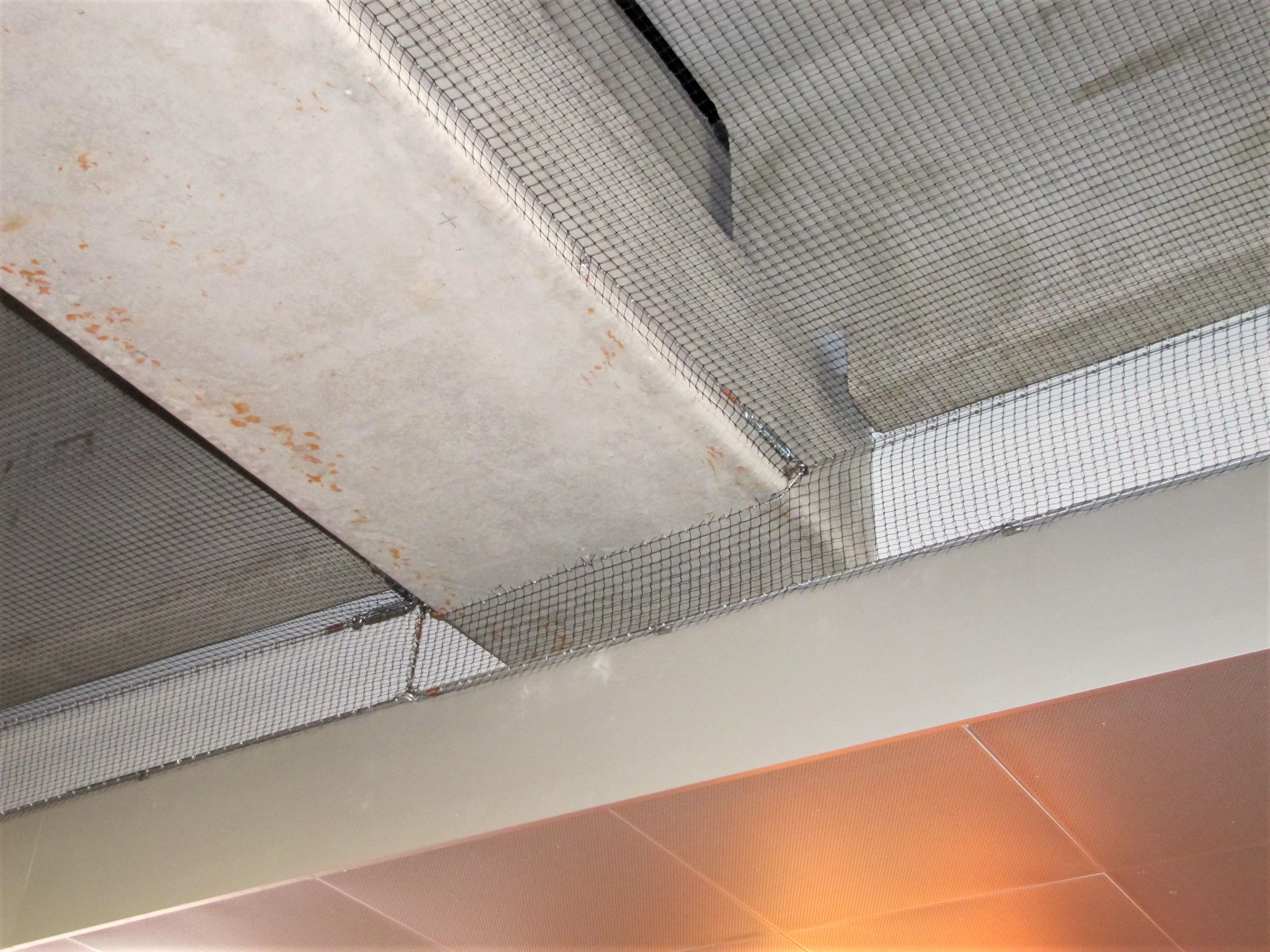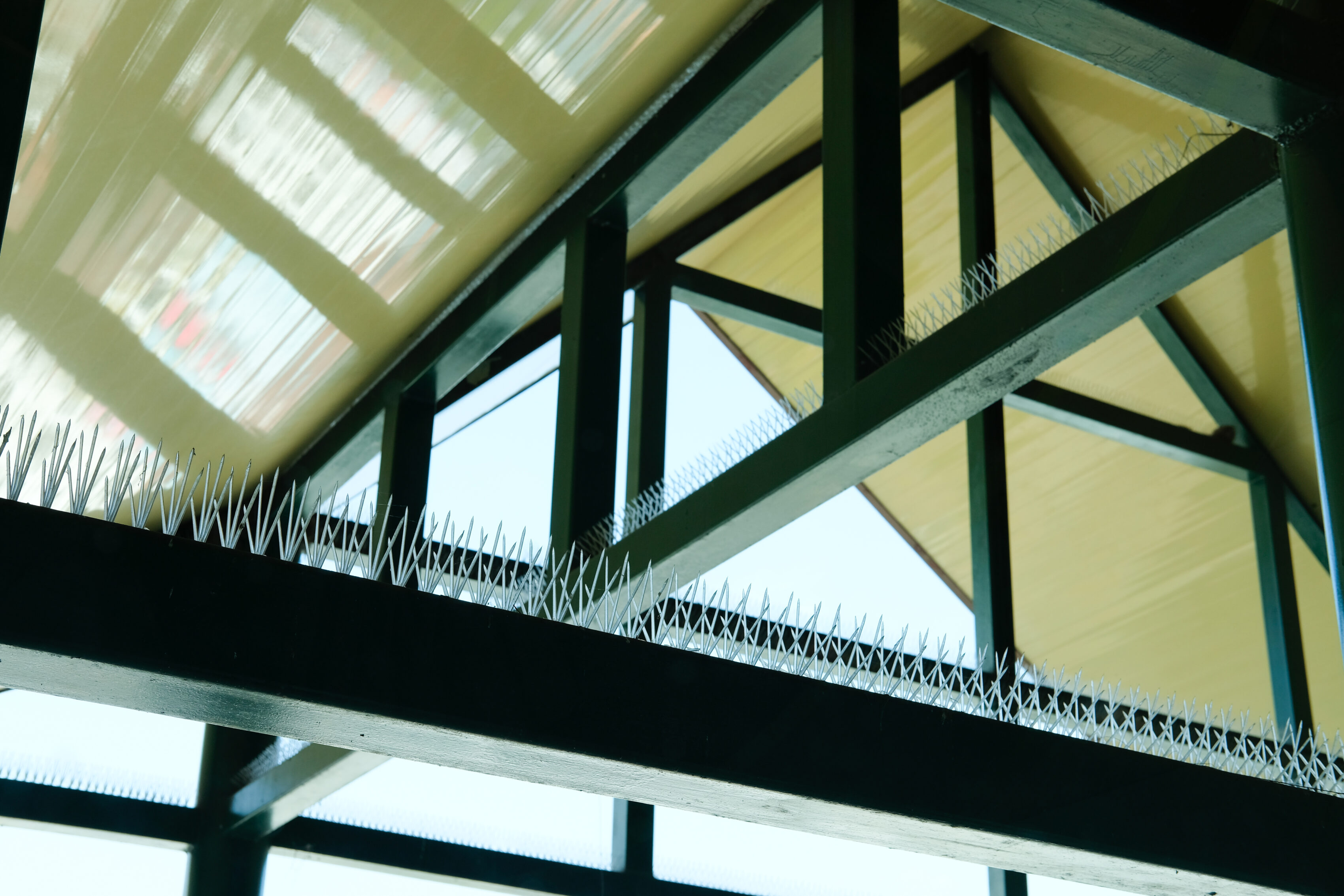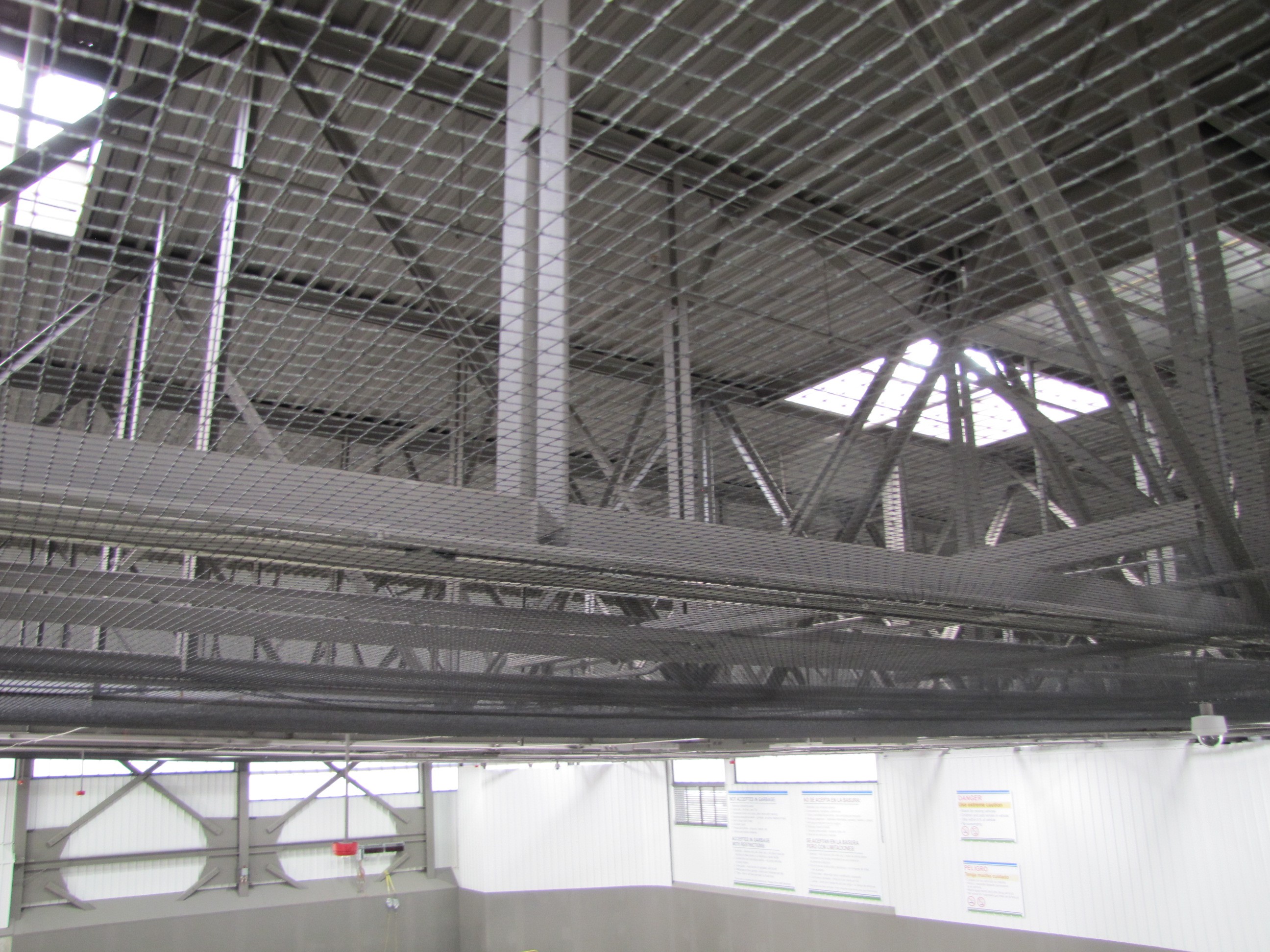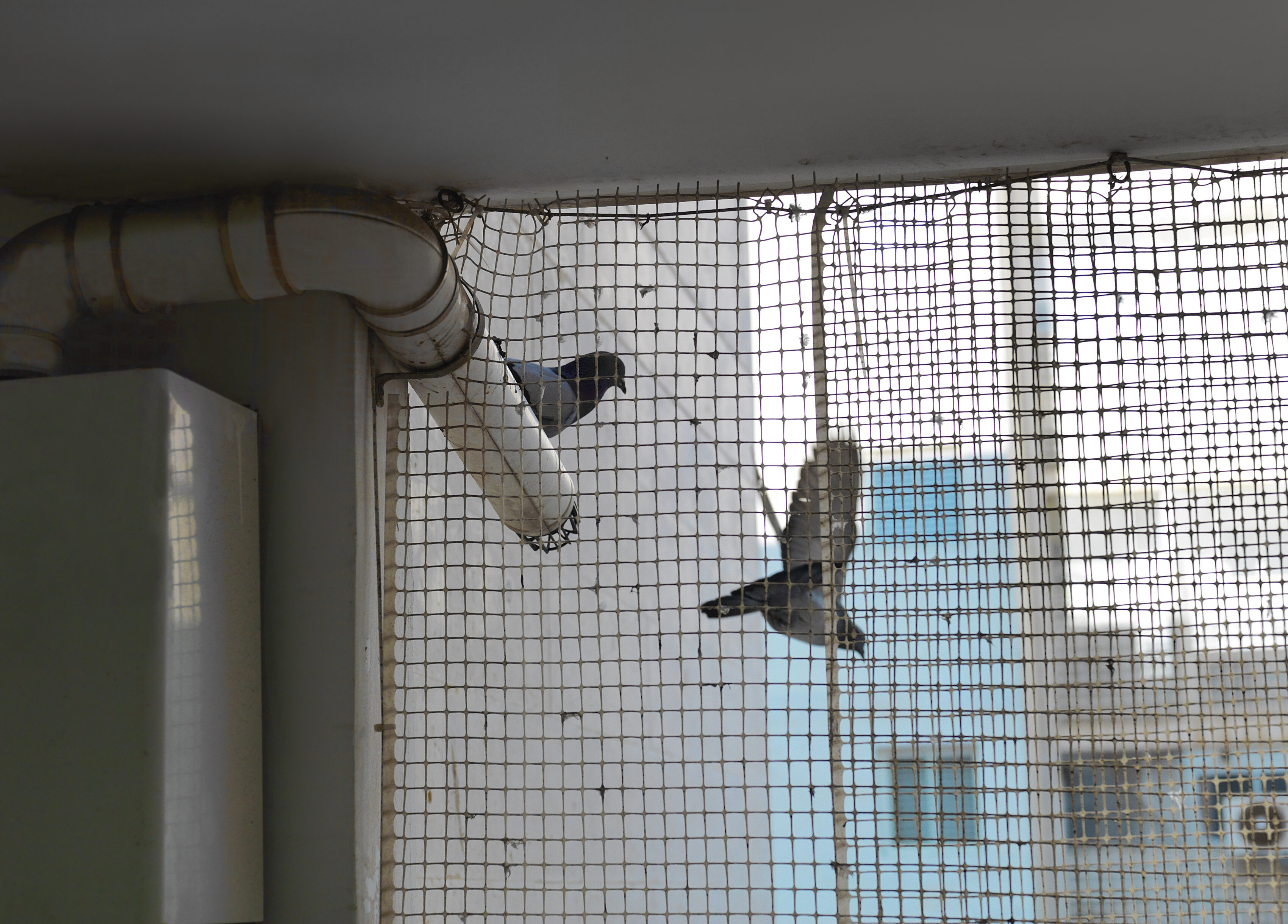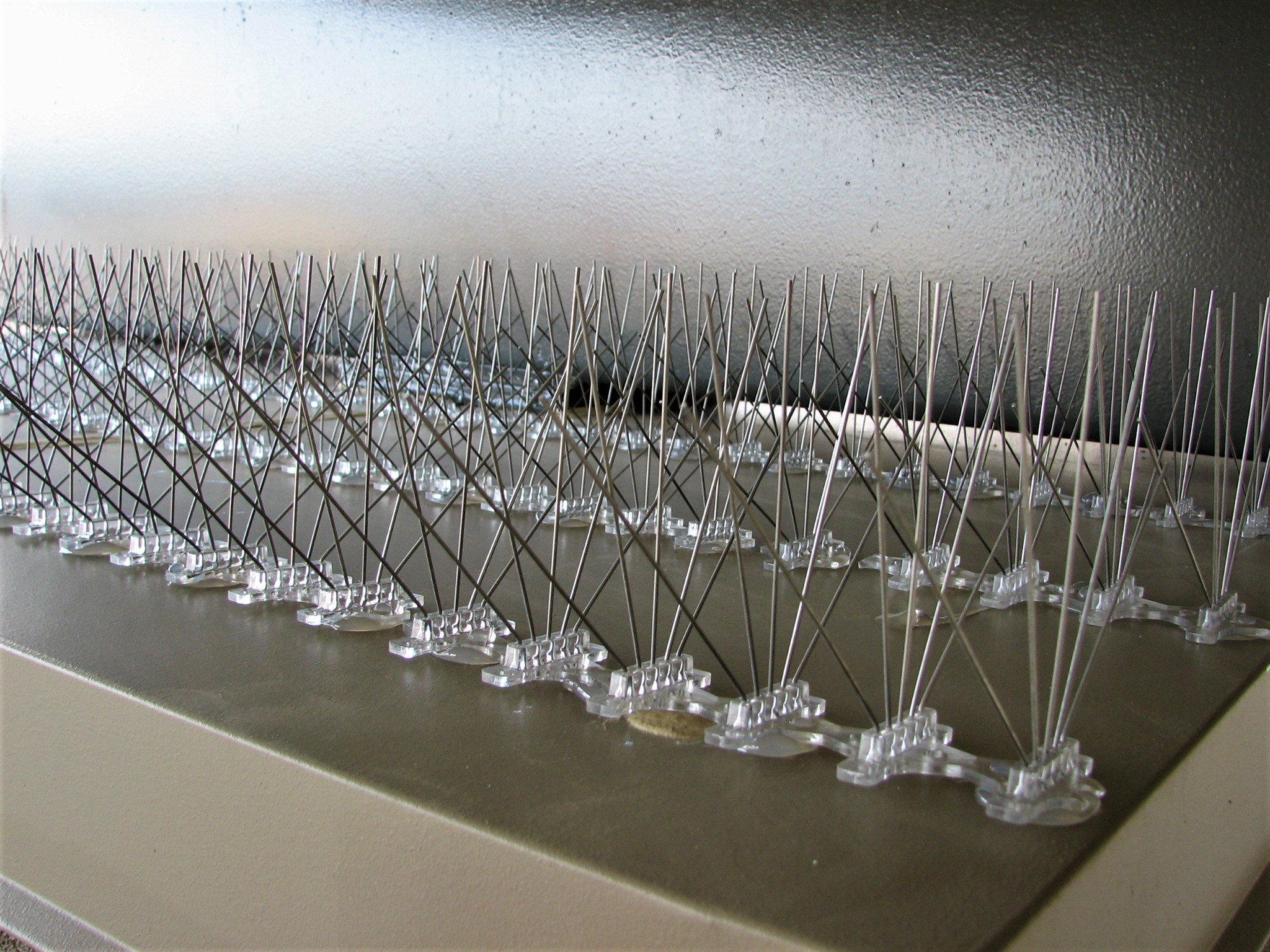Bird Control
BIRD INFESTATION? DON'T WING IT!
Birds are one of the most challenging pests. Not only are they one of the smartest pests, but they are also hyper-mobile; no other pest can fly for miles at a time. Their intelligence and mobility are factors that need to be considered when developing your bird control program. Regardless of your business type, any building that has roosting or harborage’s, or complicated design elements, is at risk for birds.
Sprague Bird Control Methodology:
- Identify the correct species: It is critical to correctly identify the species. Native bird species are protected under the Migratory Bird Treaty Act of 1918 (MBTA) and require different control methods than an invasive species. Learn more about native vs. invasive bird species. Please contact Sprague for exploration into your specific situation.
- Evaluate your site for conductive conditions and determine level of bird pressure. Your bird pressure can be low with the occasional resting and landing; medium with birds gathering food and beginning nesting; or high with nesting, reproduction, and raising their young.
- Develop your unique control program: No one method is going to resolve a bird issue. A good action plan should include multiple control factors to stack the effects. Stacking the effects leads to better outcomes and continued protection.
- Implement and re-evaluate program: Birds are one of the smartest pests and can often become wise to certain control methods making them less effective. A continual evaluation of the area can help prevent a new bird issue from arising.
Why is Bird Exclusion Important for Your Business?
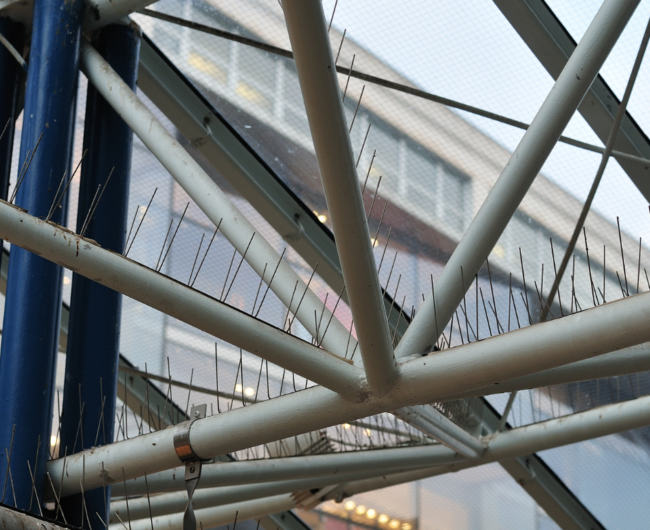
Types of Bird Control Methods:
-
Exclusion
-
Exclusion is the most guaranteed and permanent solution. These methods work by forcing birds to seek landing and nesting sites elsewhere.
- Examples include netting and hardware cloth in building gaps or holes.
-
Deterrence
-
Deterrence is the largest category of control methods and works to change the bird’s behavior.
-
- Mechanical Controls: This is the most well-known method of bird deterrence. Examples include:
- Spikes: are easily applied to a building’s façade and are effective for larger birds in low to medium pressure situations.
- Coils: like a slinky, coils are deployed in places where birds roost or land creating an unstable surface. Coils are a great solution for buildings that see routine window washing.
- Post & Wire: create a surface that is difficult for a bird to roost or land on or requires additional energy expenditure by the bird to stay upright.
- Electrical Landing Deterrent: like a static electricity shock, electric landing deterrence are the only permanent solution by causing slight discomfort to discourage roosting or landing.
- Audio & Visual: these are the easiest solutions to implement but have the lowest longevity. Used to simulate the “fight of flight” response in birds. Examples include:
- Predator deterrents: Utilizing plastic hawks or audio pray calls can have a temporary effect but will not provide a sustained discouragement.
- Bird spiders or daddy long-legs: Effective for pigeons or larger. These are effective for use on parking lights or HVAC units where birds are resting.
- Randomized Lasers: lasers are very distributing to birds’ eyes and cause confusion, deterring the bird from roosting or landing. This method is very popular for vineyard and agriculture settings.
- Taste Aversion: Used to displace large flocks of birds.
- Mechanical Controls: This is the most well-known method of bird deterrence. Examples include:
-
-
Trapping & Population Control
-
Our Integrated Pest Management (IPM) programs place a heavy emphasis on the prevention of pests, including birds and bird nesting. But when needed, humane trapping and direct removal services can be utilized when legal to do so for invasive species only and in specific situations. Please contact Sprague for exploration into your specific situation.
-
Sanitation
-
Sanitation is very important in the prevention of birds. Like most pests’ birds are looking for shelter, food, and water. Removing access to any of the 3 can prevent birds from resting. Removing food waste, closing garbage receptacles, and cleaning up water spills can make a difference. Please contact Sprague for exploration into your specific situation.

